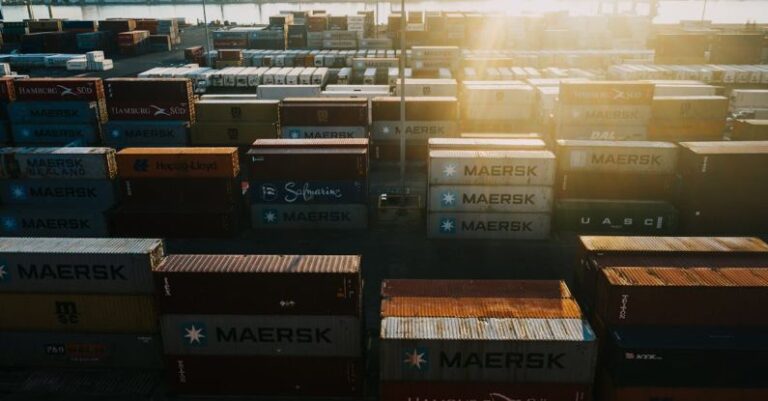
Robotic technology has revolutionized the way production processes function in various industries, bringing about increased efficiency, precision, and scalability. With the integration of robotics into manufacturing and other sectors, businesses are experiencing a significant transformation in their operations. From automated assembly lines to robotic workforce, the impact of robotics on production processes is undeniable.
Enhanced Efficiency Through Automation
One of the primary ways in which robotics enhances production processes is through automation. Robots are capable of performing repetitive tasks with speed and accuracy, eliminating the margin of error that often occurs with human labor. By automating routine processes, companies can significantly increase their production output while reducing the risk of defects and inconsistencies in the final product. This efficiency not only saves time but also reduces operational costs in the long run.
Improved Precision and Consistency
Robotic systems are equipped with advanced sensors and programming that enable them to execute tasks with a level of precision that surpasses human capabilities. From intricate assembly processes to delicate handling of materials, robots can ensure consistent quality in every step of the production line. This level of precision not only leads to higher-quality products but also minimizes waste and rework, ultimately improving the overall efficiency of the production process.
Flexibility in Manufacturing
Unlike traditional manufacturing systems that are rigid and require significant retooling to accommodate changes in production requirements, robotic systems offer a high degree of flexibility. Robots can be programmed to adapt to different tasks and configurations swiftly, allowing manufacturers to easily switch between product lines or scale their operations based on demand fluctuations. This flexibility is particularly beneficial in industries where customization and rapid production turnaround times are crucial for staying competitive in the market.
Enhanced Workplace Safety
The integration of robotics in production processes has also contributed to improved workplace safety standards. By automating hazardous or physically demanding tasks, robots help reduce the risk of injuries to human workers. Additionally, robots can operate in environments that may be unsafe or inhospitable for humans, such as extreme temperatures or exposure to harmful substances. This not only ensures the well-being of the workforce but also enhances overall operational efficiency by minimizing downtime due to accidents or injuries.
Streamlined Supply Chain Management
Robotics plays a significant role in streamlining supply chain management by optimizing inventory control, order processing, and logistics operations. Automated guided vehicles (AGVs) and robotic arms can efficiently handle material handling tasks, reducing lead times and improving inventory accuracy. By integrating robotics into the supply chain, companies can achieve greater visibility and control over their production processes, leading to smoother operations and better decision-making.
Increased Innovation and Productivity
The implementation of robotics in production processes fosters a culture of innovation and continuous improvement within organizations. By leveraging the capabilities of robots, companies can explore new ways of optimizing their processes, experimenting with different techniques, and developing innovative products. This focus on innovation not only enhances productivity but also positions businesses for long-term growth and sustainability in an increasingly competitive market landscape.
Unlocking New Opportunities for Growth
Overall, the integration of robotics in production processes opens up new opportunities for businesses to expand their capabilities and reach new markets. By leveraging the benefits of automation, precision, flexibility, and safety that robotics offer, companies can enhance their competitive edge, drive operational excellence, and adapt to evolving industry trends. As technology continues to advance, the role of robotics in production processes will only become more integral to the success and growth of businesses across various sectors.
In conclusion, robotics has become a driving force behind the transformation of production processes, enabling companies to achieve higher levels of efficiency, precision, flexibility, and safety. By embracing robotic technology, businesses can not only streamline their operations but also unlock new avenues for innovation, productivity, and growth. As the industry continues to evolve, the integration of robotics will undoubtedly play a crucial role in shaping the future of manufacturing and other sectors.





